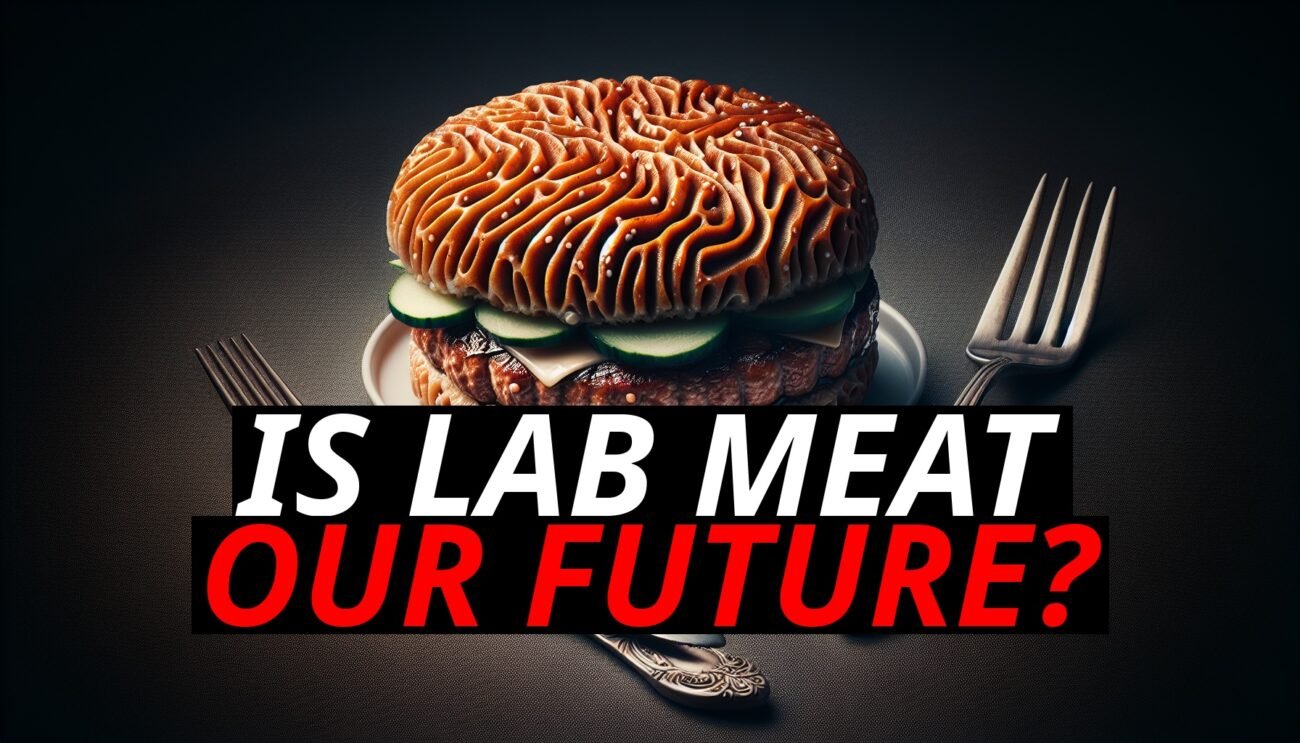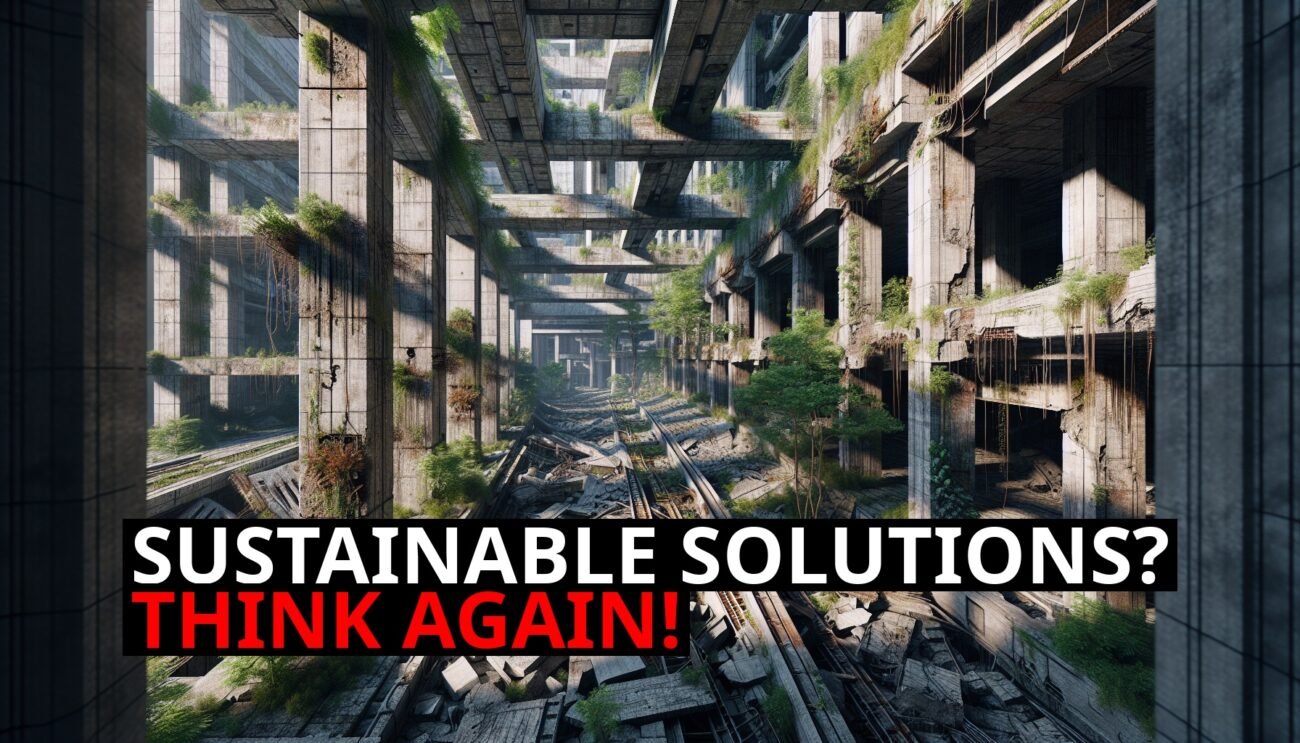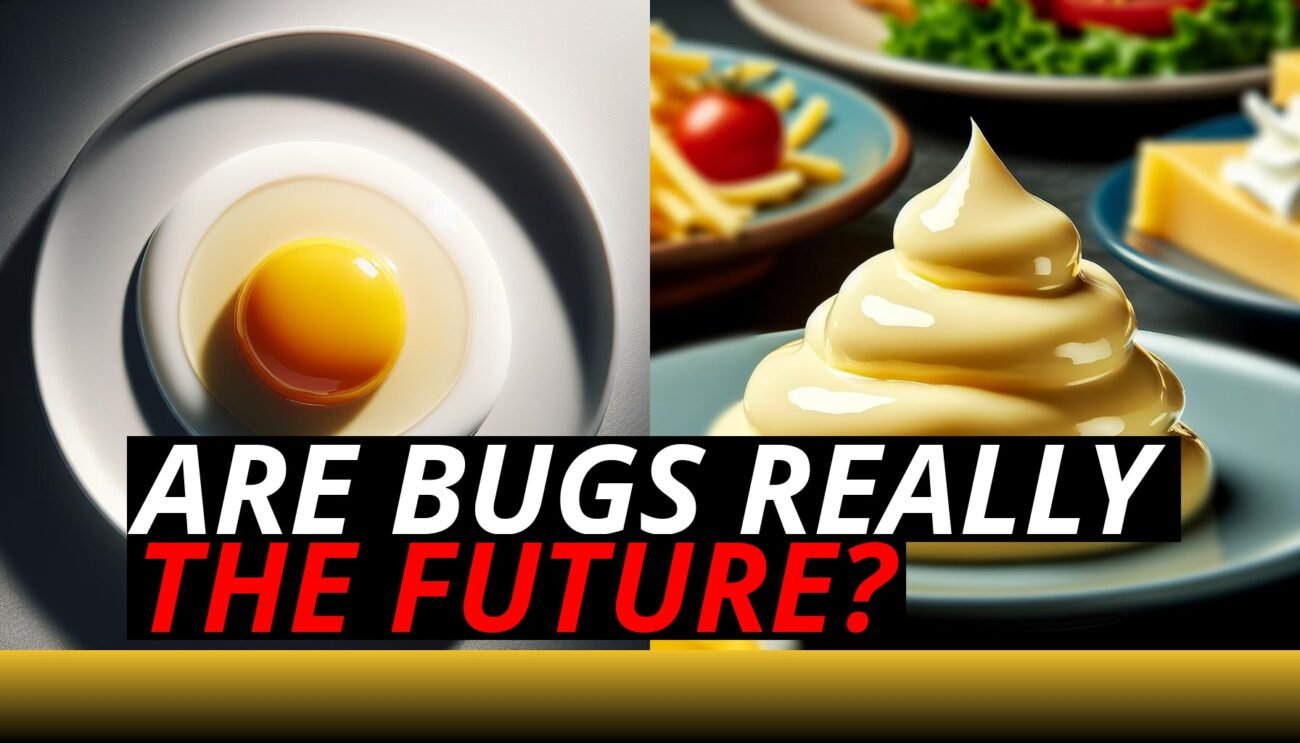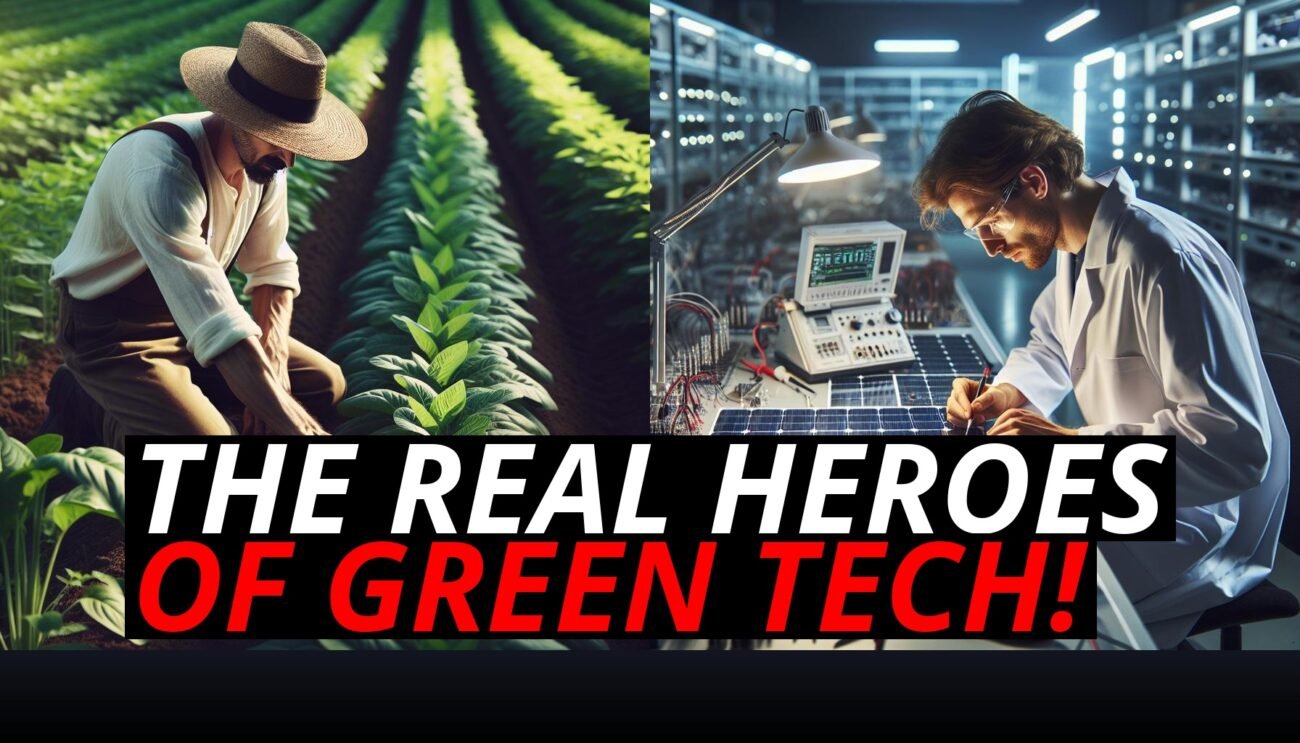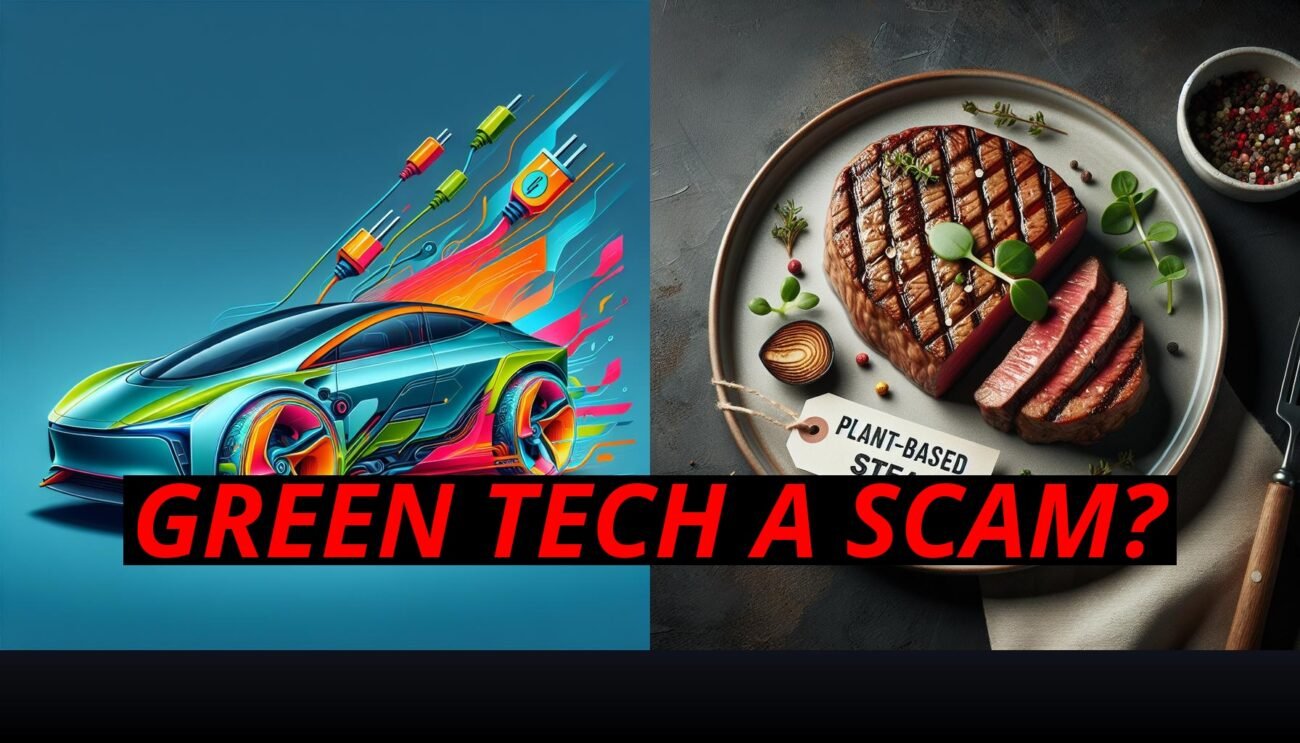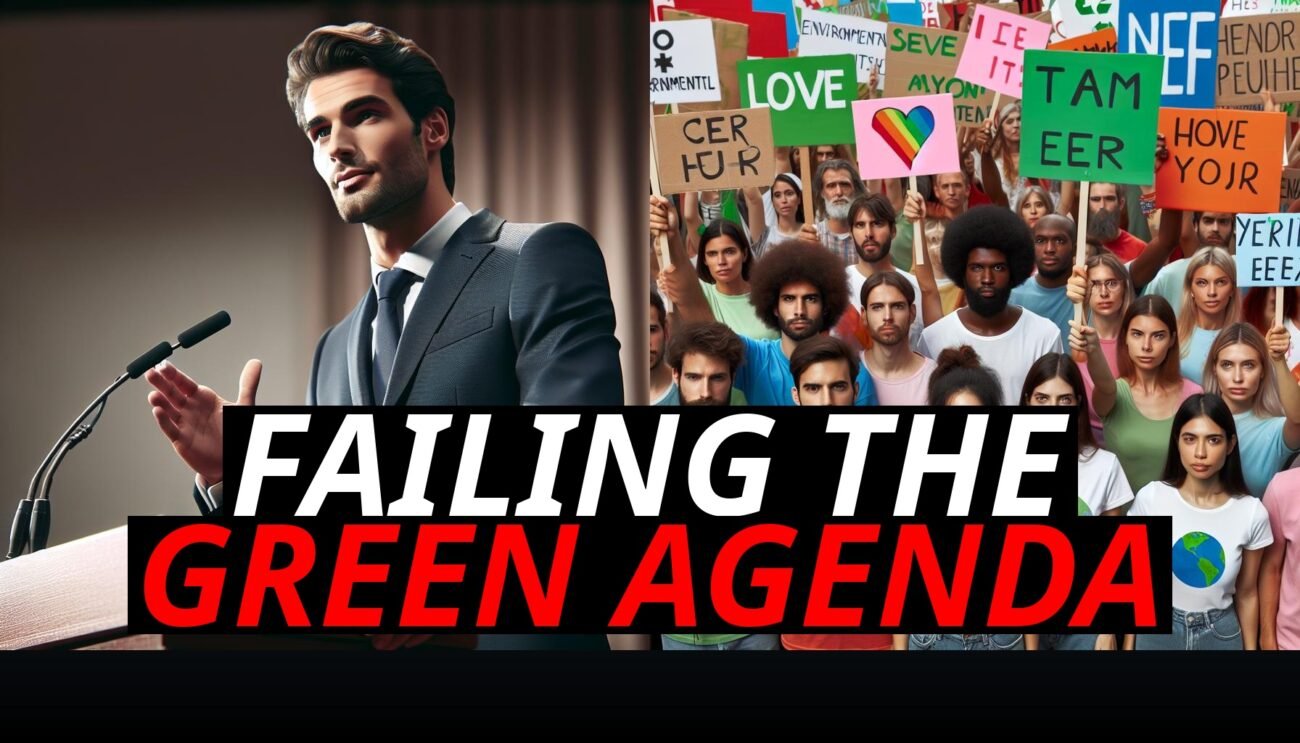You’ve likely seen the ads—juicy plant-based burgers sizzling on the grill, or sleek electric cars gliding silently through city streets. These are the images that promise a greener, more sustainable future. But while fake meat and electric vehicles (EVs) are often pushed as the ultimate solutions to our environmental woes, there’s a significant disconnect between the vision they sell and the reality of sustainable farming and manufacturing.
The truth is, the rush to promote fake meat and EVs often ignores simpler, more effective solutions that already exist—solutions that are rooted in sustainable farming practices and local manufacturing. So, why are we overlooking these real-world solutions in favor of high-tech, industrialized alternatives? Let’s explore the hidden realities behind these “green” products and why they may not be the sustainable saviors they’re made out to be.
The Flawed Premise Of Fake Meat: Ignoring Sustainable Farming
Fake meat has been hailed as a game-changer for reducing the environmental impact of traditional meat production. Advocates claim that by swapping out real meat for plant-based alternatives, we can slash greenhouse gas emissions and reduce deforestation. But there’s a crucial piece missing from this argument: the reality of sustainable farming.
Regenerative Agriculture vs. Monocropping: One of the biggest problems with fake meat production is that it relies heavily on monocropping, the practice of growing a single crop over large areas. Ingredients like soy and peas, staples in plant-based meat, are often grown through monocropping, which leads to soil degradation, loss of biodiversity, and an overuse of chemical pesticides and fertilizers. Meanwhile, regenerative farming, which focuses on improving soil health, rotating crops, and integrating livestock, offers a far more sustainable way to produce food—without the need for highly processed alternatives.
The Carbon Sequestration Potential of Livestock: Livestock farming, when done sustainably, can actually sequester carbon in the soil. By grazing animals on well-managed pastureland, regenerative farmers can increase the soil’s ability to capture carbon from the atmosphere. This means that the narrative of “meat equals environmental destruction” isn’t always accurate. Sustainable livestock farming can play a key role in reducing carbon emissions, while fake meat production, reliant on industrial farming practices, doesn’t offer the same ecological benefits.
Highly Processed Products: While fake meat might look and taste similar to real meat, the process of making it is anything but natural. Fake meat is a highly processed food, often containing a long list of ingredients designed to mimic the texture and flavor of meat. Processing plant-based foods requires large amounts of energy, and the end product is far removed from the whole, natural foods that are at the core of truly sustainable agriculture. In the rush to embrace fake meat, we’re overlooking the benefits of eating food that’s grown in harmony with nature, not manufactured in a lab.
Electric Vehicles: A Solution That Overlooks Sustainable Manufacturing
Electric vehicles are often presented as the future of transportation—clean, green, and emission-free. But the manufacturing process behind EVs, particularly their batteries, comes with significant environmental costs that are frequently glossed over in the push to go electric.
The Environmental Cost of Battery Production: EV batteries rely on materials like lithium, cobalt, and nickel, all of which require environmentally destructive mining. Lithium, for example, is extracted from salt flats in South America, where the mining process depletes local water sources, devastating both ecosystems and communities that rely on these water supplies. Meanwhile, cobalt mining, primarily concentrated in the Democratic Republic of Congo, has been linked to human rights abuses, including child labor, as well as severe environmental damage.
The rush to produce more EVs often ignores the fact that the carbon footprint of manufacturing a single EV can be substantial. From mining to assembly, the environmental costs of building an electric vehicle are often offset only after years of driving—meaning the greener alternative isn’t quite as green as we’re led to believe.
Limited Battery Recycling Infrastructure: Another often-overlooked issue is the lack of sufficient recycling infrastructure for EV batteries. As these batteries reach the end of their useful life, they need to be recycled to prevent toxic chemicals from leaking into the environment. But current recycling technologies are expensive and not widely available, leading to many batteries ending up in landfills. Without a better recycling system in place, the environmental impact of EVs could actually worsen over time.
Sustainable Transportation Alternatives: While EVs are often promoted as the go-to solution for reducing transportation emissions, they’re not the only answer. Hybrid vehicles, improved public transportation, and increased cycling infrastructure can all reduce emissions without the need for massive battery production. By focusing exclusively on EVs, we risk ignoring simpler, more sustainable transportation solutions that could be more effective in the short term.
Dumping Unwanted Technology On Developing Countries
As developed nations push for more fake meat and EV adoption, there’s another issue lurking in the shadows: what happens to these products when they’re no longer wanted? The answer, all too often, is that they’re dumped on developing countries—whether these countries need or want them.
Second-Hand EVs and Their Environmental Impact: Electric vehicles have a shorter lifespan than many gasoline-powered cars, primarily due to the degradation of their batteries. When an EV battery starts to lose its ability to hold a charge, the car’s range decreases, making it less desirable in markets where long-distance driving is common. As a result, many second-hand EVs are shipped to developing countries, where the infrastructure to support them—such as charging stations and battery recycling facilities—simply doesn’t exist.
This practice of dumping used EVs creates environmental and economic problems for these nations. Not only do they have to deal with the disposal of toxic batteries, but they also lack the resources to properly maintain and repair these vehicles, leading to waste and pollution rather than the green future promised by EV advocates.
Fake Meat in Markets That Don’t Want It: Similarly, as fake meat products grow in popularity in the developed world, there’s a push to introduce them in developing countries as part of a broader strategy to reduce global meat consumption. But in many of these regions, traditional diets are already sustainable and largely based on local, seasonal food. Introducing highly processed fake meat into these markets often disrupts existing food systems, pushing out traditional farming practices that are far more in tune with the environment.
Forcing fake meat into markets that don’t want or need it is a form of green imperialism—imposing a solution that’s more about meeting the demands of global corporations than addressing the needs of local communities. What’s more, the environmental benefits of fake meat are questionable at best when compared to the regenerative farming methods that are already in use in many developing countries.
The Reality Of Sustainable Solutions: Going Back To Basics
Rather than focusing on industrial solutions like fake meat and electric vehicles, the answer to sustainable living may lie in going back to basics—embracing natural, time-tested methods that have worked for centuries.
Supporting Local Agriculture: One of the simplest and most effective ways to reduce the environmental impact of food production is by supporting local farmers who practice sustainable agriculture. Eating locally grown, seasonal produce reduces the need for long supply chains and minimizes the carbon footprint of transportation. Plus, small-scale, regenerative farms that integrate animals into their systems can actually improve soil health and increase biodiversity, creating a truly sustainable food system.
Rethinking Transportation: Instead of relying solely on electric vehicles, we need to rethink how we move people and goods. Investing in public transportation, encouraging biking and walking, and supporting the development of more fuel-efficient hybrid vehicles can help reduce emissions without the environmental toll of widespread battery production. By focusing on a mix of solutions, we can create a more resilient and sustainable transportation network.
Smarter Manufacturing and Recycling: When it comes to manufacturing, we need to focus on building things that last—and that can be recycled at the end of their life. Whether it’s developing better battery recycling systems or designing products that can be easily repaired and reused, the future of sustainable manufacturing lies in creating a circular economy, where waste is minimized and resources are reused.
Conclusion: Finding Real Sustainability Beyond The Hype
The push for fake meat and electric vehicles might sound like a solution to our environmental challenges, but when you dig deeper, it’s clear that these technologies come with significant hidden costs. By focusing solely on high-tech, industrialized products, we risk overlooking the real solutions that lie in sustainable farming, local manufacturing, and natural systems.
Instead of chasing after the next big green product, we need to refocus on what works—simple, practical solutions that respect the planet’s limits and meet the needs of local communities. Because real sustainability isn’t about replacing one industrial system with another—it’s about working with nature, not against it.


